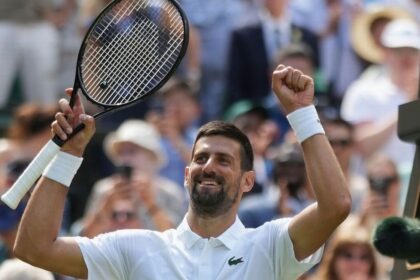This weekend’s Austrian Grand Prix marks the second race of the 2025 season, with Brembo rating its braking challenges as a full 6 out of 6 in difficulty. The Red Bull Ring, measuring 4.348 km with 11 corners, features five intense braking zones and three zones with moderate braking requirements.
Brembo, the supplier of brake systems for the entire MotoGP grid, reports that riders spend about 29 seconds braking each lap, roughly a third of the race distance. Over the course of the 28-lap Grand Prix, this translates to a cumulative force of 1.1 tons applied to the front brake lever.
The toughest braking point is at Turn 4, where riders decelerate from 301 km/h down to 81 km/h in just 5.2 seconds over 246 meters, applying 5.3 kg of force to the brake lever. Here, deceleration peaks at 1.5g, brake fluid pressure reaches 11.3 bars, and the carbon brake discs heat up to around 630°C. This demands the use of the current maximum 355mm front disc at the Austrian circuit.
Since the Austrian GP returned to the MotoGP calendar in 2016, Ducati has dominated with 11 wins in 13 races, including sprints. Among these wins, Andrea Dovizioso secured three victories, including the last MotoGP race at this venue in 2020. His span between first and last premier class wins—16 years and 120 days—is the third-longest in MotoGP history, trailing only legends Valentino Rossi and Loris Capirossi.
From a braking perspective, Dovizioso, who retired after the 2022 Misano race and now works with Yamaha, played a key role in reintroducing the Brembo Sam brake system. He pushed for thumb brakes designed for right-handed riders, as he struggled with the conventional foot brake under high lean angles. With MotoGP riders pushing more lean angles than ever, the thumb brake option is becoming increasingly popular.
Fan Take: The Austrian GP’s demanding braking zones highlight how critical brake technology and rider skill are in MotoGP’s high-speed battles. Innovations like Dovizioso’s thumb brake could redefine braking techniques, potentially shaping race strategies and rider safety in the future of the sport.



